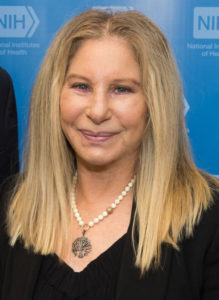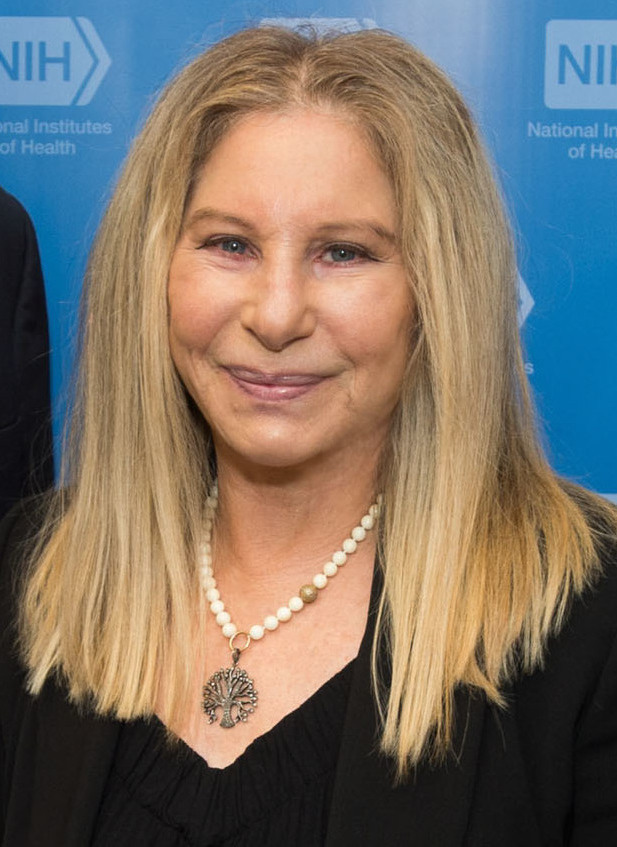
What is the Streisand Effect? It is when you try to hide something but end up bringing more attention to it than if you had just left it alone in the first place. The Streisand Effect is named after the American singer and actress Barbra Streisand. The effect has been around for as long as there have been people, but it was only given a name in 2003.
Kenneth and Gabrielle Adelman had embarked on a project to document all of the Californian coastline in 1972. They felt that a record of the coast would be useful for documenting coastal erosion. Future pictures of the coast could be compared with the record of pictures from past years. They had used a helicopter flying along the coast and took one photo every 150 m. They were able to photograph the entire coast, from the border of Oregon to the border of Mexico, except for the area around Vandenberg Space Force Base, which is a no-fly zone. All of these photos, over 500 GB, are available online and you can see them here. https://www.californiacoastline.org/? As climate change increases and the sea levels rise, it is an invaluable resource. There are photos from 1972, 9179, 1986, 1987, 1989, 1993, and 2003.
It turned out that Image 3850 taken in 2002 happened to show not only the coast, but also Barbra Streisand’s house. There were thousands of photos and, and people were visiting Kenneth Adelman’s website, but they were not really looking for specific photographs. Nobody knew that the large house in Image 3850 was Barbra Streisand’s house. If Ms. Streisand had left it there, nobody would have been any the wiser. However, and for reasons unknown, Ms. Streisand and her lawyers decided to sue Kenneth and Gabrielle Adelman to make them remove Image 3850. The reason for the lawsuit was “violation of privacy”. She wanted the picture removed and she wanted $50 million for damages.
Now, the invasion of privacy law and the Anti-Paparazzi Act were both very useful laws because journalism in the 90s and early 2000s had reached a terrible level. Paparazzi used telephoto lenses to take photos of celebrities when they were in their own homes or on private property. Everybody would agree that actions like that are not great. It came to the public attention with the death of Princess Diana in 1997, but the problem was still there. So, suing for invasion of privacy was a viable way for a celebrity to protect themselves. However, there were two problems. The first was that Kenneth Adelman was not paparazzi. His photos were for the public good. And second, unlike a photo sold to the newspapers, nobody had seen it.
Ms. Streisand lost her lawsuit and she had to pay all of Kenneth Adelman’s costs, which amounted to nearly $200,000. That might have been the end of it, but the story was picked up by the newspapers. Once that happened, people started looking for Image 3850. Before the court case, only 6 people had looked at the image (and two of those were Streisand’s lawyers). After the court case, 420,000 people visited the image in one month. By trying to suppress the image, Ms. Streisand had had the opposite effect and managed to publicize it. On January 5th, 2005, Mike Masnick, the editor of techdirt.com named it the Streisand Effect, and the name has stuck.
These days, with Google Street View and Google’s Earth View, there is no real way of not having your house on the Internet. You can message Google and get them to blur it out, but people are generally intrigued when they find something blurred out and they might go to greater lengths to discover what is there. If the house had been left unblurred, nobody would have cared.
There are many more examples of the Streisand Effect that you can find if you Google it. Here are two of my favorites.
In June 2014, taxi drivers in central London held a rally to show their opposition to Uber, the taxi app that had just appeared. Uber is everywhere now, but at the time, nobody really knew what it did. The taxi drivers were protesting the fact that the app used GPS to connect people with a driver and that it was undercutting regular taxi driver fees. The protest brought Uber onto the national stage and the app was downloaded 859% more the week after the protest.
In 2014, Sony made a movie called The Interview about two journalists who are asked by the CIA to kill Kim Jung Un. Not many people had heard about the movie until North Korea hacked into Sony in an attempt to blackmail them into not releasing it. Sony released it and the press coverage brought about by the hack made far more people go to see the movie than would have if North Korea had just left it well alone. And this is what I learned today.
Image By NIH Image Gallery from Bethesda, Maryland, USA – Barbra Streisand with Francis Collins and Anthony Fauci, Public Domain, https://commons.wikimedia.org/w/index.php?curid=91827976
Sources
https://en.wikipedia.org/wiki/Streisand_effect
https://www.californiacoastline.org/?
https://www.californiacoastline.org/cgi-bin/image.cgi?image=3850&mode=sequential
https://www.bbc.com/news/uk-18458567

